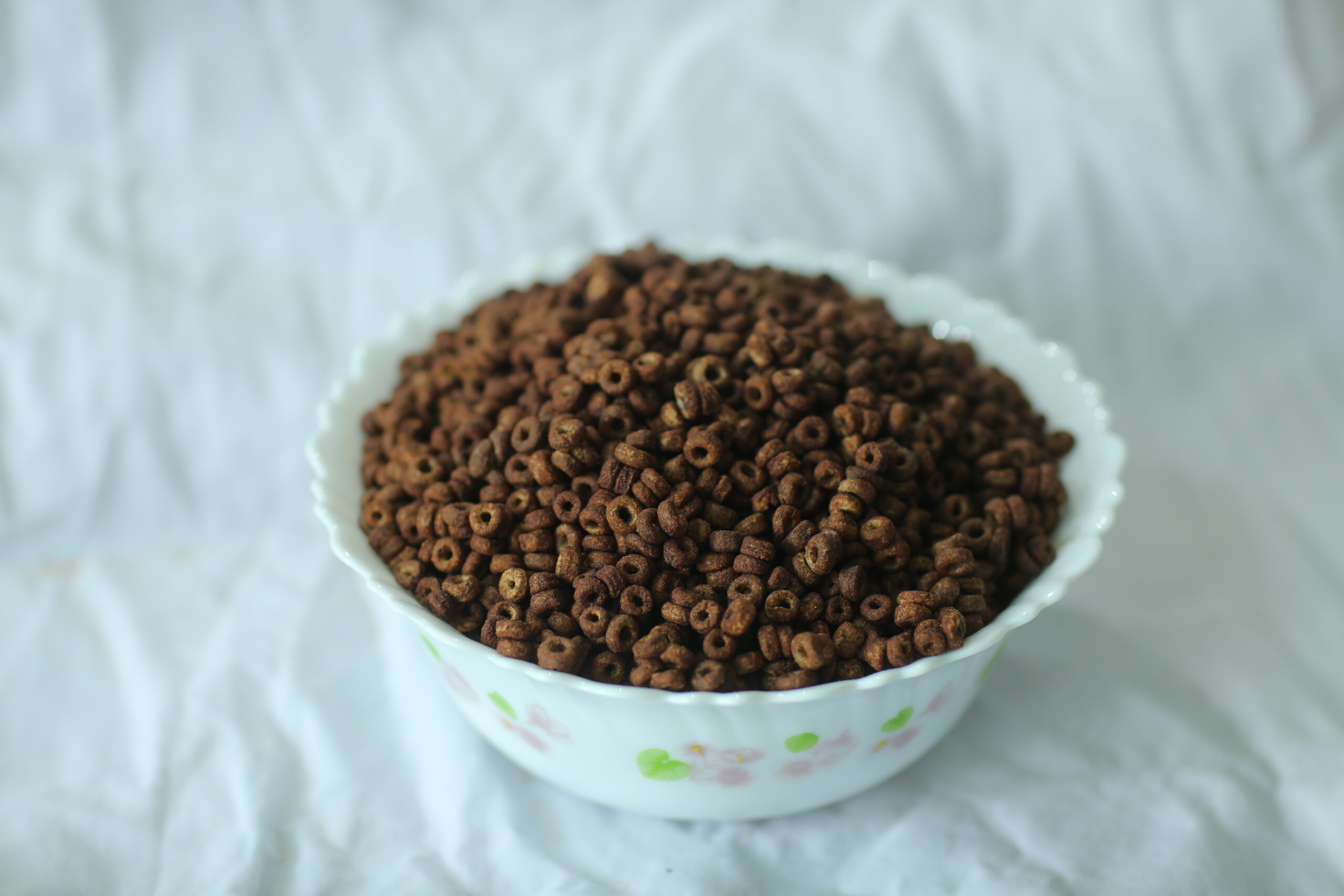Top Low GI Cereals for Balanced Blood Sugar: A Nutritionist’s Guide

Are you looking for a breakfast option that won’t send your blood sugar soaring? Low GI cereals might be the answer you’re seeking. In this article, we’ll explore the benefits of low GI cereals and highlight some of the best options available.
Table of Contents
- Understanding the Glycemic Index
- Benefits of Low GI Cereals
- Top Low GI Cereals on the Market
- How to Choose the Right Low GI Cereal
- Incorporating Low GI Cereals into Your Diet
- Common Myths About Low GI Cereals
- Conclusion: A Smarter Start to Your Day
Understanding the Glycemic Index
The Glycemic Index (GI) is a scale that ranks carbohydrates according to how quickly they raise blood glucose levels. Foods with a low GI are digested and absorbed more slowly, leading to a gradual rise in blood sugar and insulin levels. The American Diabetes Association provides a comprehensive guide on understanding carbohydrates and their impact on blood sugar.
Benefits of Low GI Cereals
Low GI cereals offer several health benefits:
- Better blood sugar control: The slow release of glucose helps maintain stable blood sugar levels.
- Increased satiety and reduced hunger: Low GI foods keep you feeling full for longer periods.
- Improved energy levels throughout the day: Avoid energy crashes associated with high GI foods.
- Potential weight management support: Low GI diets may aid in weight loss and maintenance.
- Reduced risk of type 2 diabetes and heart disease: Long-term consumption of low GI foods is associated with lower risks of these conditions.
Research from the Glycemic Index Foundation supports these benefits, highlighting the importance of low GI foods in a balanced diet.
Top Low GI Cereals on the Market
Here are some of the best low GI cereals available:
- Beat Sugars Diabetic-Friendly Cereal: Specifically designed for blood sugar management
- Rolled Oats: A classic low GI option with versatile preparation methods
- Bran Cereals: High in fiber and low on the GI scale, promoting digestive health
- Muesli: A mix of oats, nuts, and dried fruits, offering a balance of nutrients
- Quinoa Flakes: A protein-rich, gluten-free alternative with a nutty flavor
How to Choose the Right Low GI Cereal
When selecting a low GI cereal, consider the following factors:
- GI Score: Look for cereals with a GI score below 55
- Fiber Content: Higher fiber content generally means a lower GI and better digestive health
- Added Sugars: Minimize added sugars to maintain a low GI and reduce empty calories
- Whole Grains: Choose cereals made with whole grains for added nutrition and sustained energy
- Protein Content: Some low GI cereals are fortified with protein, which can help with satiety
The Indian Council of Medical Research provides guidelines on healthy eating that can help in making informed choices.
Incorporating Low GI Cereals into Your Diet
Here are some creative ways to enjoy low GI cereals:
- As a traditional breakfast with milk or yogurt
- Mixed into smoothie bowls for added texture and nutrition
- Used as a topping for fresh fruit or desserts
- Incorporated into homemade energy bars or granola
- As a crunchy coating for baked chicken or fish
- Mixed into pancake or waffle batter for a fiber boost
- Added to soups or stews for extra thickness and nutrition
For more recipe ideas using low GI cereals, check out our recipe blog.
Common Myths About Low GI Cereals
Let’s debunk some common misconceptions:
- Myth: All low GI cereals taste bland. Truth: Many low GI cereals come in a variety of flavors and can be customized to suit your taste preferences.
- Myth: Low GI cereals are only for people with diabetes. Truth: While beneficial for diabetics, low GI cereals can be part of a healthy diet for anyone looking to manage their blood sugar and energy levels.
- Myth: Low GI cereals are always expensive. Truth: While some specialty low GI cereals may be pricier, many affordable options like rolled oats are readily available.
- Myth: You can eat unlimited amounts of low GI cereals without affecting blood sugar. Truth: Portion control is still important, as the total amount of carbohydrates consumed can impact blood sugar levels.
Conclusion: A Smarter Start to Your Day
Low GI cereals offer a delicious and nutritious way to start your day without causing rapid spikes in blood sugar. By choosing the right cereal and incorporating it into your diet, you can enjoy better energy levels, improved satiety, and potential long-term health benefits.
Remember, while low GI cereals are a great option, they should be part of a balanced diet that includes a variety of nutrients. Always consult with a healthcare professional or registered dietitian before making significant changes to your diet, especially if you have existing health conditions.
Ready to make the switch to low GI cereals? Explore our range of healthy breakfast options and take the first step towards better blood sugar management today!
For more information on the role of diet in managing blood sugar levels, visit the Harvard T.H. Chan School of Public Health nutrition resource center.




